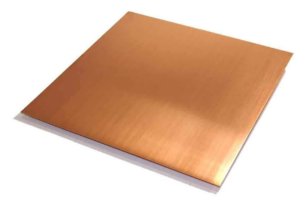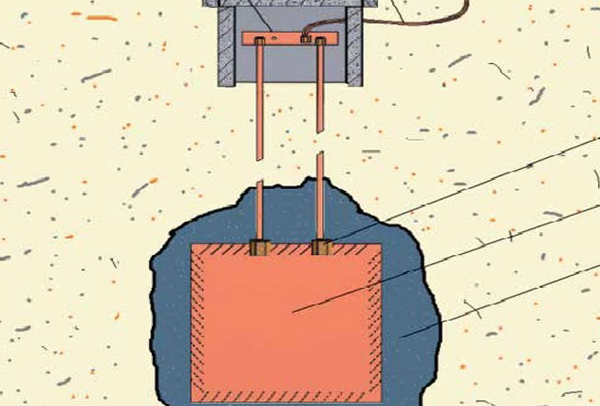Earthing Plate
- Post author:ayda ahangi
- Post published:March 26, 2024
- Post category:Earthing System
- Post comments:0 Comments

Earthing, also known as grounding, is a fundamental safety measure in electrical systems. It’s a method that connects the neutral points of a system to the earth, providing an alternative path for electrical energy to discharge safely during a fault. This prevents dangerous potential build-ups in exposed conductive materials. A well-designed earthing system has low impedance, which ensures sufficient current can flow through safety devices and disconnect from the supply during a fault. This safeguards both people and electrical devices from electrical hazards and current leakage. In this blog we will understand the the concept of Types of E.arthing, focusing on Plate Earthing, Diagram of Plate Earthing, it’s procedure and applications.
Now, let’s delve deeper into the concept ofPlate Earthing, one of the types of E arthing systems.

What is Plate Earthing?
Plate Earthing is a method where a plate made of galvanized copper or iron is buried vertically at least 3 meters below ground level. This plate connects all conductors to the earth, providing a path for electrical discharge. The Diagram of Plate Earthing typically illustrates this setup, showing the plate’s position in relation to the ground level and the conductors it connects.
The Plate EarthingDiagram also often includes the dimensions of the plate. For instance, a copper plate used in this method typically measures 600mm x 600mm x6.35mm. The plat es size and material can vary based on specific requirements, but the principle remains the same, to provide a safe path for fault current to the earth.



